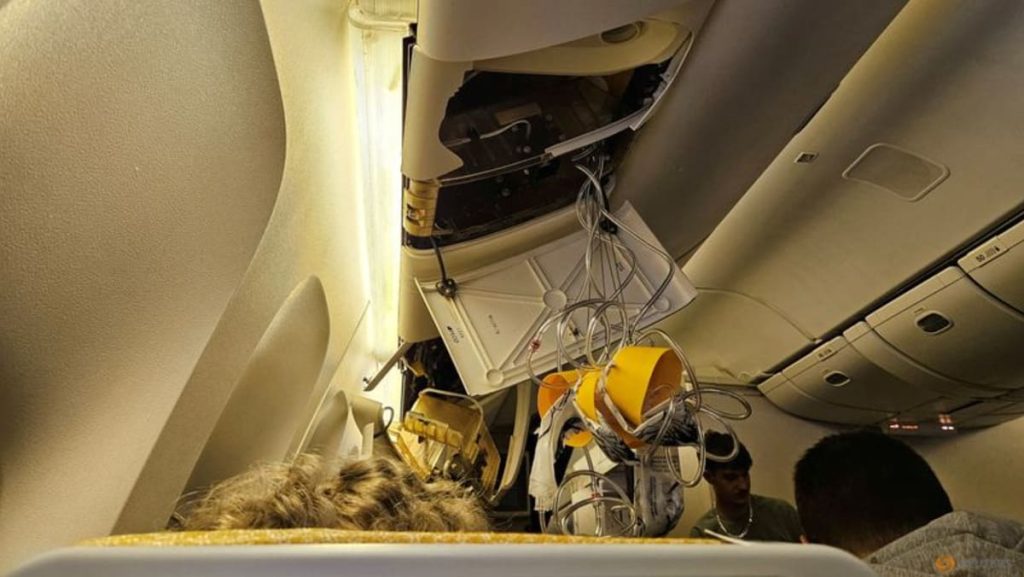Airlines are required by law to switch on the seatbelt sign during takeoff and landing, but they have their own procedures to deal with mid-air turbulence. Witnesses on a Singapore Airlines flight reported multiple passengers being thrown around the cabin and hitting their heads when the plane experienced turbulence. Sara Nelson, the international president of the Association of Flight Attendants-CWA, emphasized the importance of being buckled up during flight, especially when turbulence occurs, as it can be a matter of life and death.
According to a 2021 study by the US National Transportation Safety Board, turbulence-related airline accidents are the most common type of accident. Nelson highlighted that Clear Air Turbulence (CAT) instances are on the rise and cannot always be seen, underscoring the need for passengers to remain securely fastened in their seats during flights. Turbulence can pose a significant risk to both passengers and crew, making it essential to follow safety measures and guidelines provided by airlines.
The Federal Aviation Administration (FAA) mandates that airlines turn on the seatbelt sign during takeoff and landing to ensure the safety of passengers. However, airlines have their own protocols for dealing with turbulence during flights, with flight attendants playing a crucial role in ensuring passengers are aware of the importance of fastening their seatbelts. Incidents like the one on the Singapore Airlines flight serve as a reminder of the potential dangers of turbulence and the need for passengers to comply with safety regulations.
Sara Nelson’s statement underscores the critical importance of following safety procedures and guidelines while flying, particularly during instances of turbulence. She emphasized that being securely fastened in your seatbelt can be a matter of life and death, especially given the increased occurrence of CAT instances. Flight attendants and crew members work diligently to ensure the safety and well-being of passengers, and adherence to safety measures, including remaining seated with seatbelts fastened, is essential to prevent injuries and accidents during flights.
The study conducted by the US National Transportation Safety Board highlights the prevalence of turbulence-related airline accidents, making it a significant concern for the aviation industry. The rise in CAT instances further emphasizes the need for passengers to be vigilant and compliant with safety protocols, including fastening seatbelts during flights. Turbulence can occur unpredictably and can pose a serious risk to individuals in the cabin, underscoring the importance of following safety guidelines and instructions from airline staff to ensure a safe and secure flight experience for all passengers.


